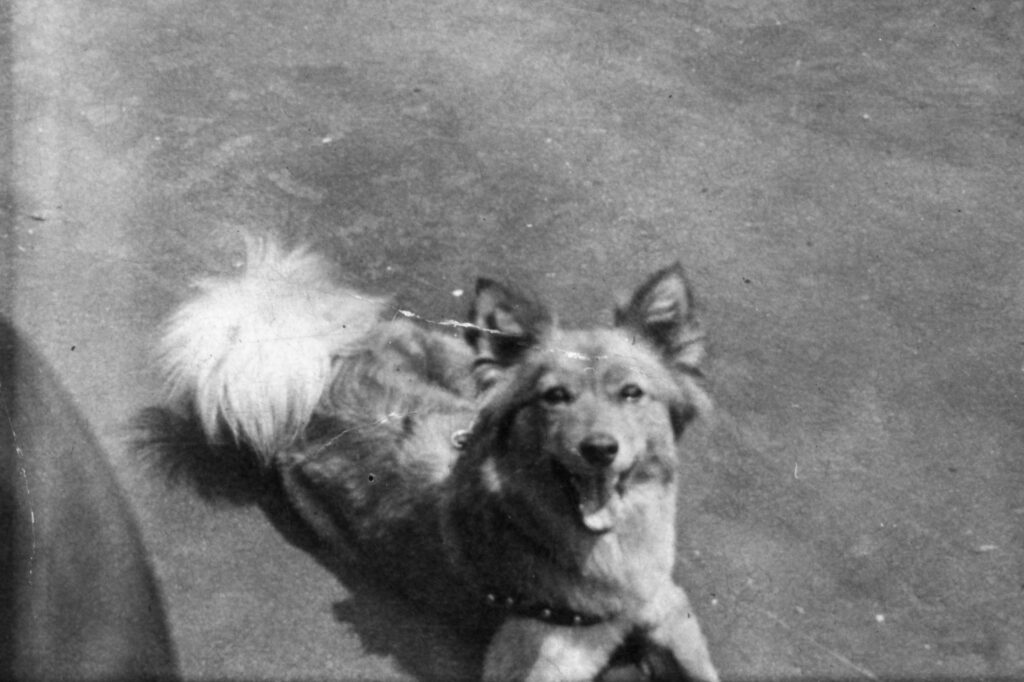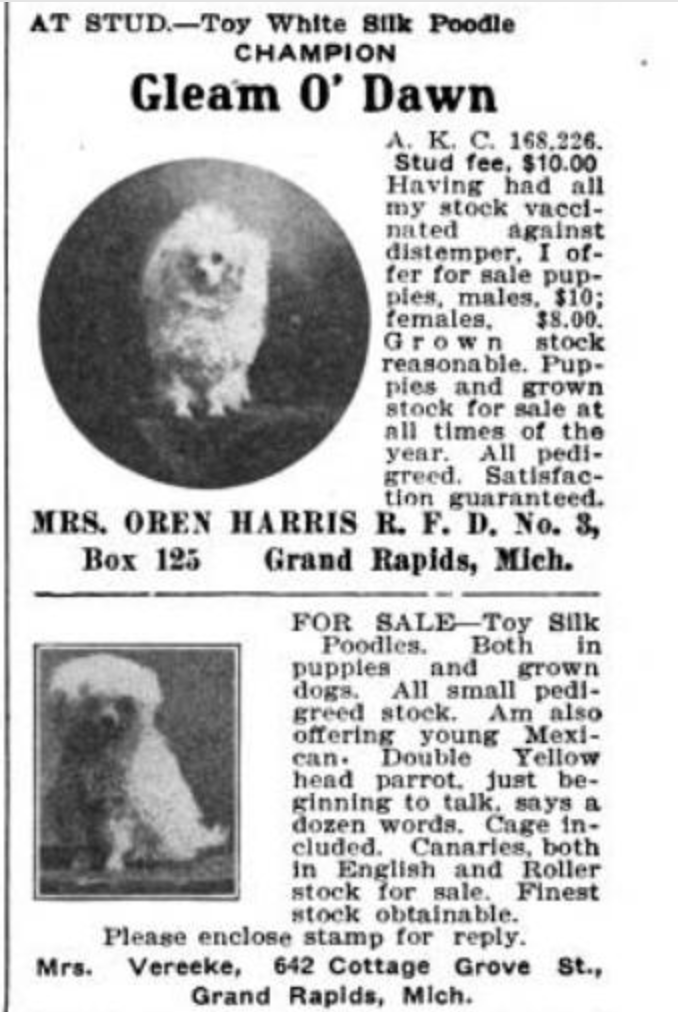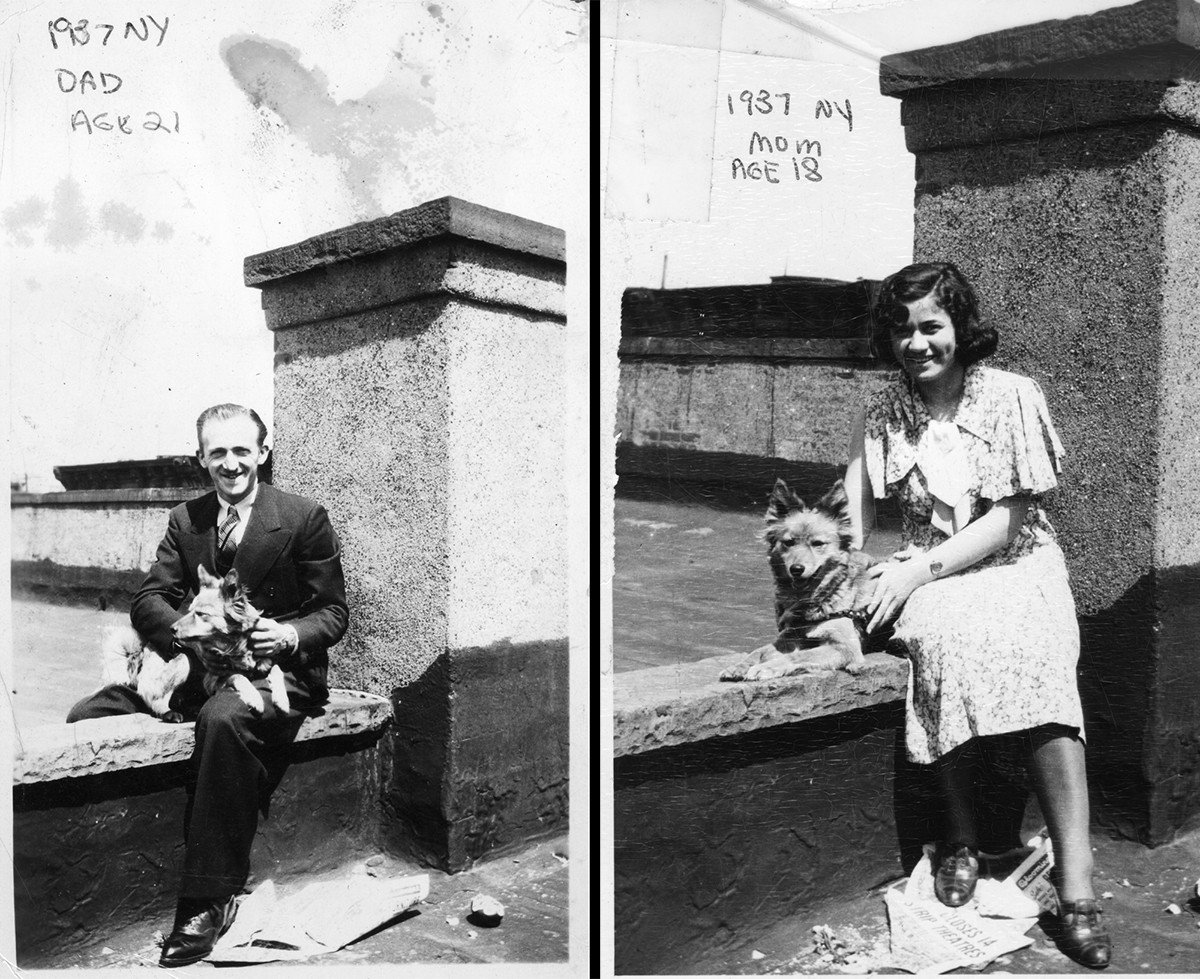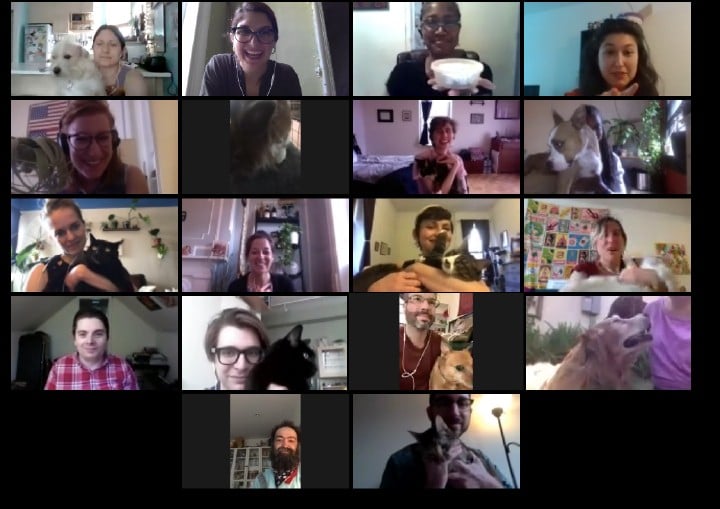It is hard to explain my sense of joy when a pet pops into a Zoom meeting. One minute we are talking about an excavation that took place in the early 1990s and the next we are learning about the particular sound Waffles the dog makes when trying to get some attention. It offers a distraction from work and a nice moment to watch smiles spread across the Zoom grid as people notice Waffles, but it is also causes a pang of jealousy that I cannot cuddle with him. (I can’t have a pet because my landlord doesn’t allow it.)
Pets play an important role in people’s lives— companionship, comfort— and that would have been the same for the former residents of 97 Orchard Street. Learning about these pets offers insight into the daily lives of residents as well as a fun puzzle because they are not on census records or building directories—two primary sources we rely on heavily. Pets are part of oral histories, photos, newspaper articles, and even some laws.
An 1865 article from the New Yorker Staats Zeitung, the German language newspaper written by and for the population living in the neighborhood then known as Kleindeutschland or Little Germany, lists Pinky, a small silk poodle, as missing. This one announcement gives us some key information and brings up even more questions. First, someone named Adolph Schmager lived in 97 Orchard Street. From looking at other sources we’ve also learned that Schmager came from Berlin with his wife, Minna, and that he fought in the Civil War. He started as a Private in 1861, became a Captain in 1863, and was mustered out October 1, 1865. So, when Pinky goes missing in July 1865, Adolf was most likely not home and it was his wife, Minna, who initiated the search. Adolph was likely the one listed on the ad because he would have been considered the head of the household. Pinky was described as a “small silk poodle, white with brown ears.”



